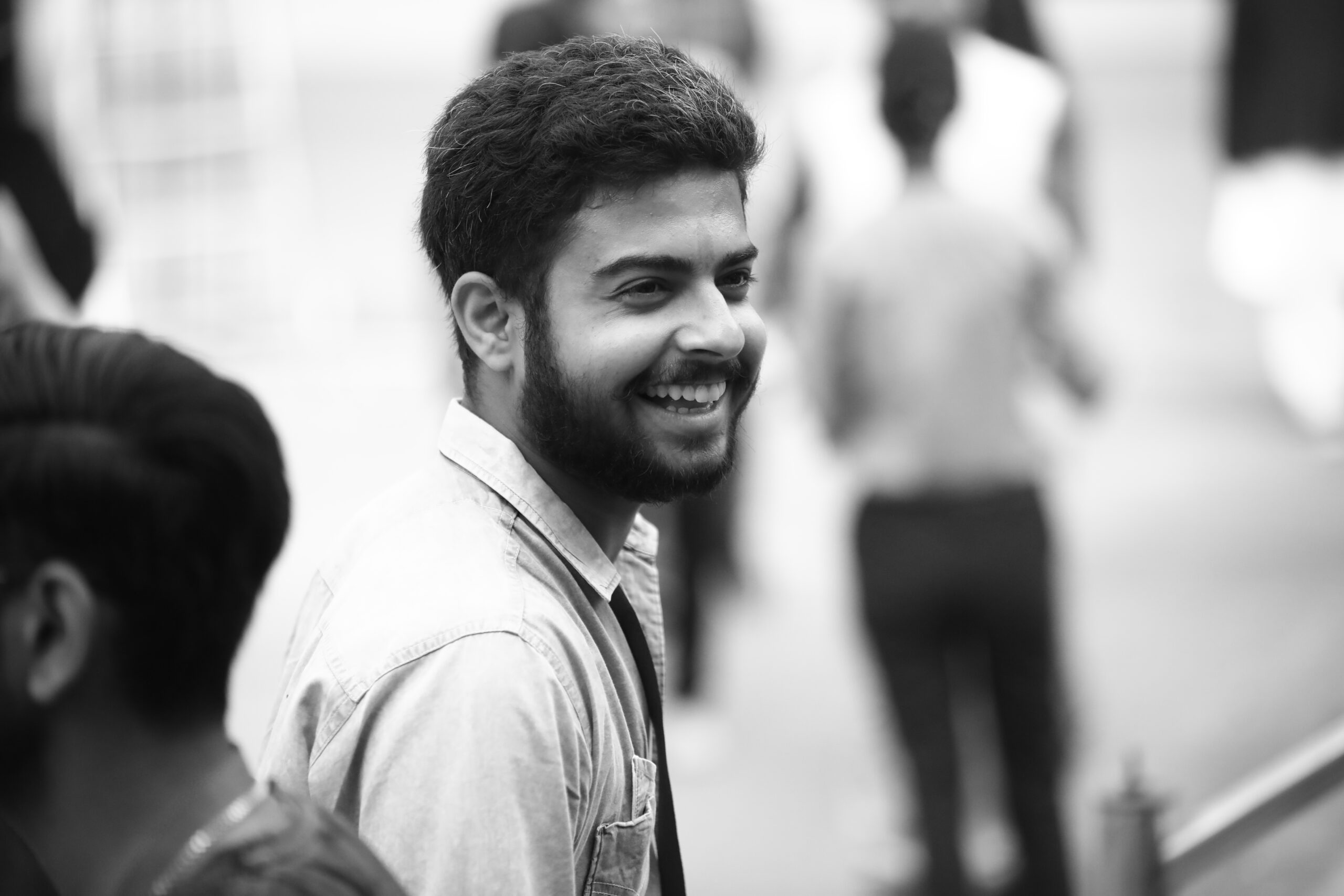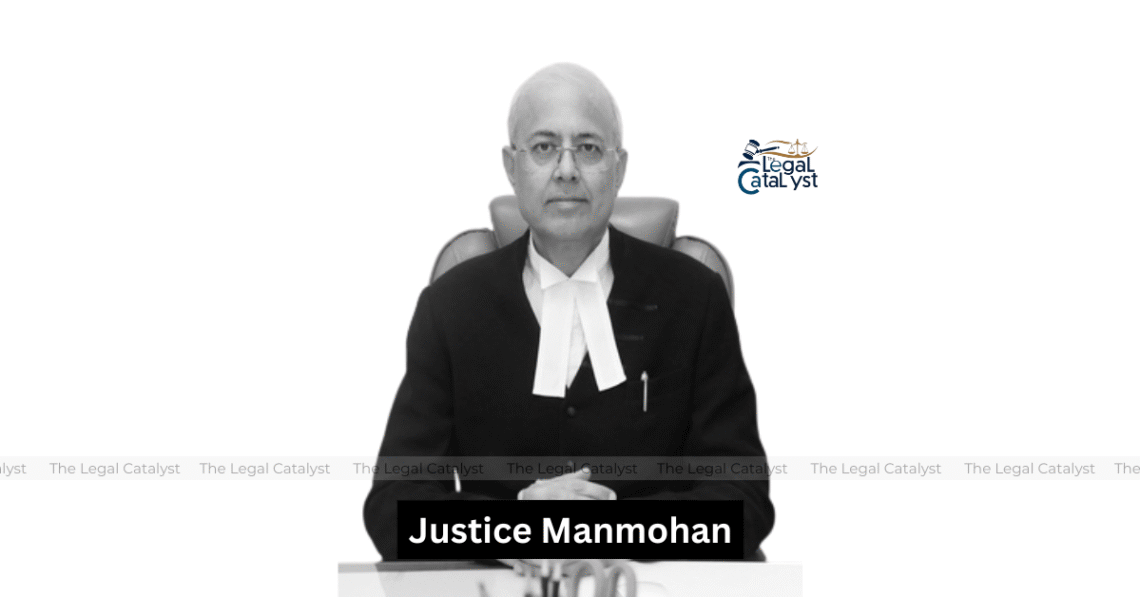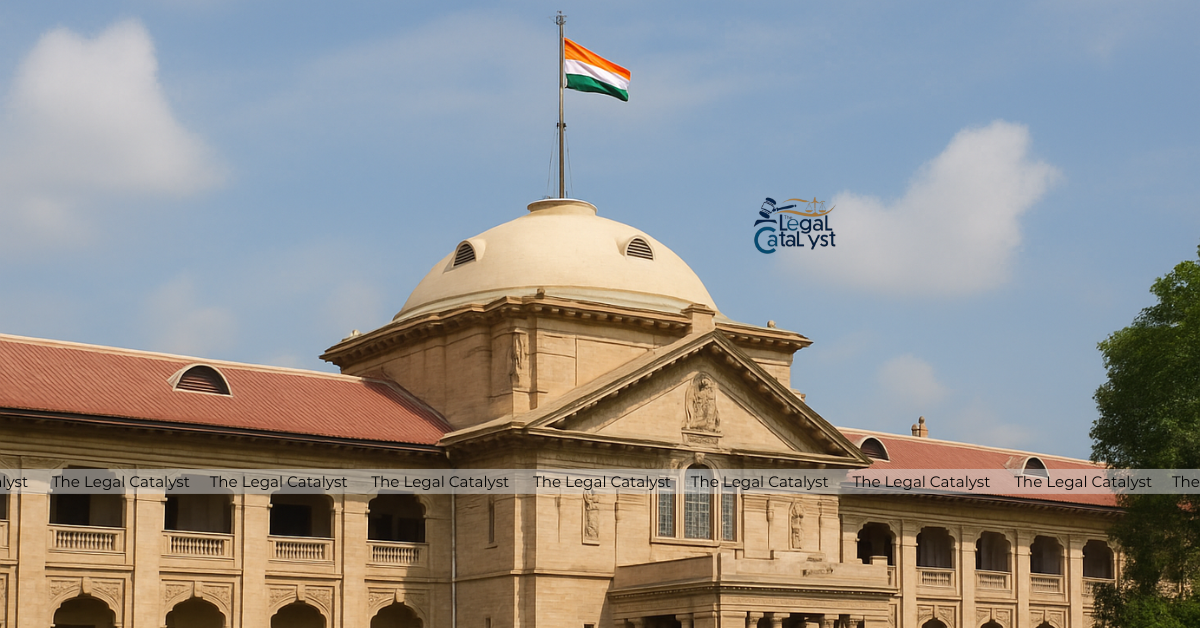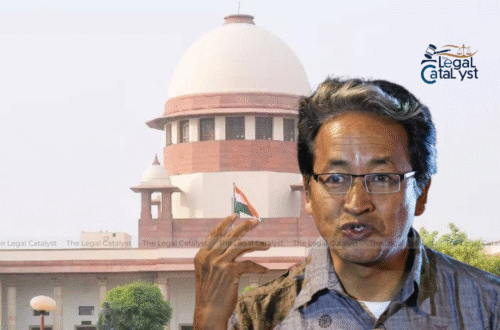Supreme Court judge Justice Manmohan has cautioned that India’s legal framework is struggling to keep pace with rapidly evolving technology, leaving courts ill-equipped to resolve modern commercial disputes, which are light years behind the advancements in technology.
Speaking at the Nani Palkhivala Arbitration Centre’s 16th Annual International Conference in New Delhi, Justice Manmohan remarked,
“Technology is moving at a fast pace, laws are lagging behind — in fact, light years behind. You are dealing with tech you’re not understanding. You require assistance, new genres of litigation are coming up. Technology has its own nuances.”
“Technology is moving at a fast pace, laws are lagging behind — in fact, light years behind. You are dealing with tech you’re not understanding. You require assistance, new genres of litigation are coming up. Technology has its own nuances.”
The session, titled “Advocacy and Process: Arbitration vs Court”, also featured Lord Justice Underhill of the UK Court of Appeal, Stephen Moriarty KC, and Samudra Sarangi, Partner at Panag & Babu, with Alex Taylor of Fountain Court Chambers moderating.
Also Read- Rule of Law Prevails Because of Independent Judiciary, Justice BV Nagarathna
Shifting Nature of Disputes
Justice Manmohan pointed out that the very character of disputes has transformed over the years.
“When I was a lawyer, an IP case usually meant video piracy. Now, disputes involve a virtual world where servers are often located outside court jurisdictions. Laws are still structured for the physical world, not the virtual one,” he observed.
He stressed that commercial law, including the Commercial Courts Act, is designed to promote ease of doing business, and suggested that courts must institutionalize the use of experts to address complex cases more effectively.
Written vs Oral Advocacy in India
Justice Manmohan also weighed in on advocacy styles, noting India’s continued reliance on oral arguments.
“In India, we give undue primacy to oral advocacy. Written submissions are often drafted by the junior-most lawyer and lack connection to the case. But written advocacy enhances the quality of judicial work, crystallises disputes, and saves time. It must be concise and impactful,” he said.
He predicted a gradual shift in litigation practice, with written submissions gaining more prominence alongside oral advocacy.
The Role of Experts in Dispute Resolution
The panel also discussed the role of experts in arbitration. Lord Justice Underhill welcomed written witness statements as a boost to efficiency, while Moriarty KC flagged concerns about expert bias, noting that opinions are often influenced by the party paying for them.
Samudra Sarangi suggested tribunal-appointed experts as a safeguard against partisanship:
“The only way an expert is independent is when they are appointed by the tribunal and not by a party.”
“The only way an expert is independent is when they are appointed by the tribunal and not by a party.”
Also Read- The Basic Structure Doctrine: India’s Unique Contribution to Constitutional Law
Flexibility in Arbitration Law
Justice Manmohan further emphasized the flexibility of India’s Arbitration and Conciliation Act, 1996, especially Section 19, which gives arbitral tribunals freedom to set their own procedures. However, he warned that lack of benchmarks has led to inconsistencies in practice.
In closing, Justice Manmohan underscored the urgent need for legal reform in step with technological realities, calling for better integration of expertise and written advocacy to ensure timely and effective justice.
Connect with us on Instagram – X – LinkedIn for daily updates, quizzes, and other materials








